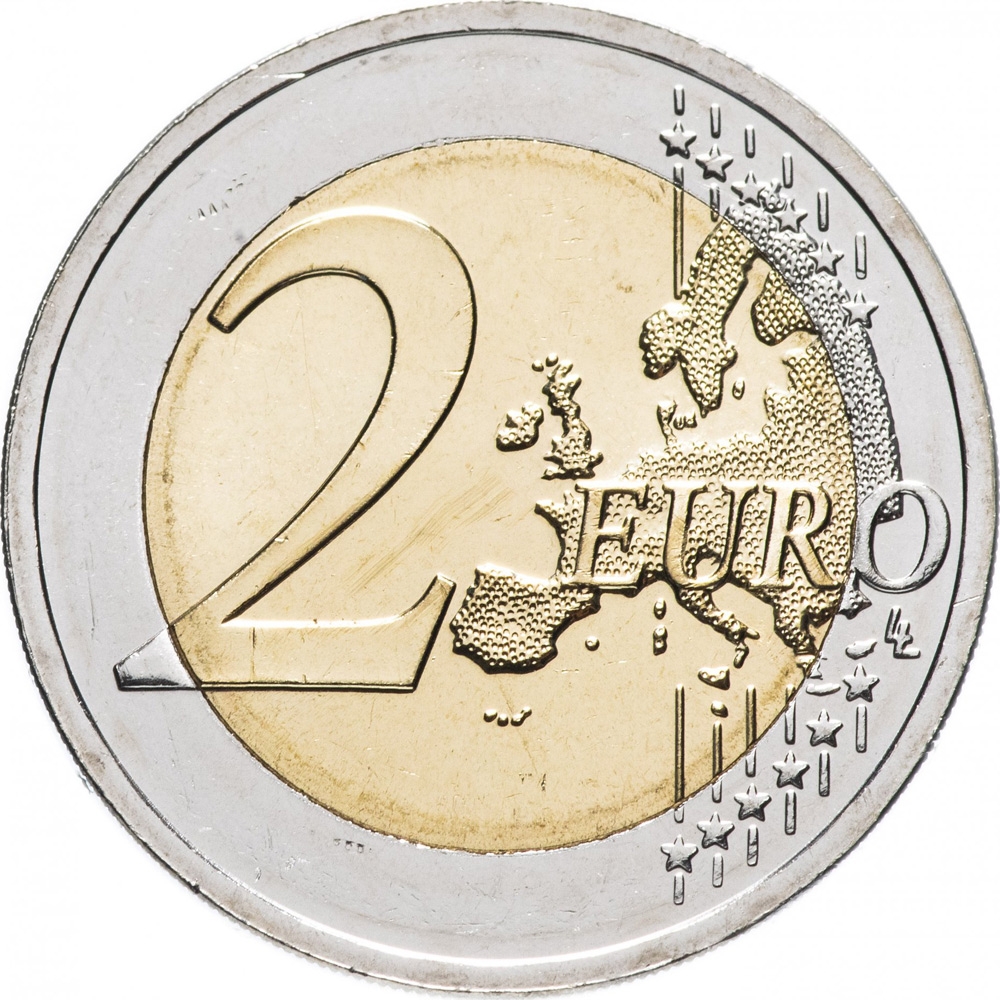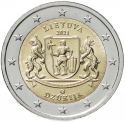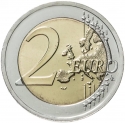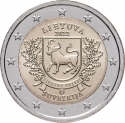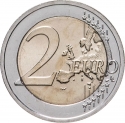You are about to finish your registration. Please check your mailbox (including spam folder). There should be a letter with a confirmation link. Check setting to make sure that your e-mail address is correct.
Send letter againDescription
Bank of Lithuania in 2019 started "Lithuanian Ethnographic Regions" series of coins dedicated to Lithuanian ethnographic regions. The coin of Samogitia (Žemaitija) was the first one.
Lithuania can be divided into historical and cultural regions (called ethnographic regions). The exact borders are not fully clear, as the regions are not official political or administrative units. They are delimited by culture, such as country traditions, traditional lifestyle, songs, tales, etc. No region, except for Samogitia, has ever been a political or an administrative entity. Despite the fact that the regions are not political/administrative entities, most regions have their "capitals" (cities which are commonly considered to be capitals). These cities are not necessarily the largest in the region.
Samogitia or Žemaitija is one of the five ethnographic regions of Lithuania. Žemaitija is located in northwestern Lithuania. Its largest city is Šiauliai. The town of Telšiai is considered to be the capital. The formation of a separate Žemaičiai tribe in the central part of current Žemaitija ended around the 5th century. Žemaitija was first mentioned in Volhynian (Ipat'evskaya) Chronicle in 1219 in the description of the Peace Treaty between Lithuanian and Volhynian Dukes. Of all Lithuanian ethnic groups in the Grand Duchy of Lithuania only Žemaitija enjoyed independent eldership rights that remained valid for almost 400 years. The turn of the 20th century saw the formation of the notion of Žemaitija based on the Žemaičiai dialect and the territory inhabited by them.
Obverse

|
Depicts a coat of arms of Samogitia with a motto in Latin "One fatherland" means that knowledge of the world starts from the native land. The composition is surrounded by country and region names, year of issue and the mintmark of the Lithuanian Mint. The coin’s outer ring bears the 12 stars of the European Union flag. LIETUVA |
|---|---|
Reverse

|
A geographical map of Western Europe spans the outer ring and inner core on the right side of the coin. The inscription 2 EURO is superimposed over the map of Europe, with the numeral “2” located in an open field representing the eastern Atlantic Ocean. 2 EURO |
| Edge |
'Freedom, Unity, Prosperity' in Lithuanian LAISVĖ ★ VIENYBĖ ★ GEROVĖ ★ |
2 Euro
KM# 247
Swap now (3 offers)
Characteristics
| Type | Commemorative Issue (Circulating) |
| Material | Bi-Metallic |
| Ring | Cupronickel |
| Center | Nickel Brass |
| Weight | 8.5 g |
| Diameter | 25.75 mm |
| Thickness | 2.2 mm |
| Shape |
|
| Alignment | Medal |
| Mint |
Lithuanian Mint (LMK)
|

